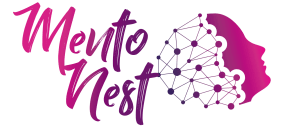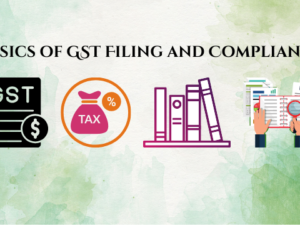Workplace Harassment
- Description
- Reviews
This course provides participants with a comprehensive understanding of workplace harassment, its various forms, impacts, and strategies for prevention and intervention. Through interactive sessions and case studies, participants will explore the legal framework surrounding harassment in the workplace, including relevant laws and regulations.
Key Topics Covered:
Introduction to Workplace Harassment:
-
-
Defining harassment and its various forms (sexual, verbal, physical, etc.).
-
Understanding power dynamics and the role they play in harassment situations.Legal Framework and Compliance:
-
Overview of relevant laws and regulations (e.g., Title VII, Equal Employment Opportunity Commission guidelines).
-
Responsibilities of employers and employees in preventing and addressing harassment.
-
-
-
Impact of Harassment:
-
Psychological, emotional, and physical effects on victims.
-
Organizational impact, including decreased morale, productivity, and increased turnover.
-
-
Recognizing Harassment:
-
Identifying behaviors that constitute harassment.
-
Understanding subtle forms of harassment and microaggressions.
-
-
Prevention Strategies:
-
Creating a culture of respect and inclusion.
-
Implementing effective policies and procedures.
-
Promoting bystander intervention.
-
-
Responding to Harassment:
-
Reporting mechanisms and procedures.
-
Support systems for victims.
-
Investigating and addressing complaints.
-
-
Role of Leadership and Organizational Culture:
-
Fostering a culture of accountability and transparency.
-
Leadership’s role in setting the tone for addressing harassment.
-
-
Case Studies and Practical Application:
-
Analyzing real-world scenarios to understand how to apply knowledge and skills in addressing harassment effectively.
-
By the end of this course, participants will have the tools and knowledge to recognize, prevent, and address workplace harassment, fostering a safer and more inclusive work environment for all employees.








